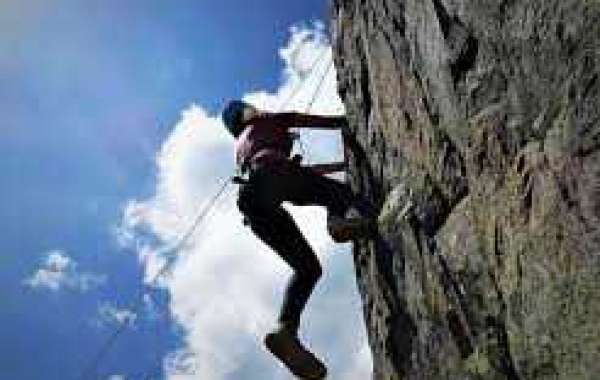Climbing has evolved from a recreational activity into a highly competitive sport, with various types of competitions and specialized training programs catering to climbers of all levels. In this article, we will explore the different types of climbing competitions and training programs available to climbers, from beginners to elite athletes.

Types of Climbing Competitions
Bouldering Competitions: Bouldering competitions involve climbing short, challenging routes without the use of ropes. Climbers aim to complete as many boulder problems as possible within a given time frame, with each problem assigned a point value based on difficulty. Bouldering competitions often take place on artificial climbing walls and require strength, technique, and problem-solving skills.
Lead Climbing Competitions: Lead climbing competitions require climbers to ascend a tall wall while clipping into pre-placed anchors along the way. Competitors have a limited amount of time to climb as high as possible, with points awarded for reaching higher holds and completing difficult sequences. Lead climbing competitions test endurance, mental focus, and route-reading abilities.
Speed Climbing Competitions: Speed climbing competitions involve racing to the top of a standardized route as quickly as possible. Climbers compete head-to-head on identical routes, with the fastest time determining the winner. Speed climbing requires explosive power, agility, and precise footwork to navigate the route efficiently.
Training Programs for Climbers
Strength Training: Strength training is essential for climbers to improve their power and endurance. Exercises such as pull-ups, deadlifts, and fingerboard workouts help to strengthen the muscles used in climbing movements. Strength training programs should be tailored to target specific muscle groups and address weaknesses to improve overall climbing performance.
Technique Training: Technique training focuses on developing efficient movement patterns and body positioning while climbing. Climbers practice footwork drills, balance exercises, and route-reading techniques to improve their climbing skills. Technique training programs often include drills on different types of holds and climbing angles to simulate real climbing conditions.
Endurance Training: Endurance training is crucial for climbers to sustain effort over long periods on the wall. Climbers engage in aerobic activities such as running, cycling, or rope skipping to improve cardiovascular fitness. Additionally, climbers perform climbing circuits and interval training sessions to build muscular endurance and stamina.
Flexibility and Mobility Training: Flexibility and mobility training help climbers to maintain a wide range of motion and prevent injuries. Stretching exercises, yoga, and foam rolling techniques are incorporated into training programs to improve flexibility in key muscle groups and joints. Increased flexibility allows climbers to reach holds more easily and move more fluidly on the wall.
rock climbing competitions and training programs play a vital role in the development and advancement of climbers of all levels. Whether you're a competitive athlete aiming for the podium or a recreational climber seeking to improve your skills, there are various types of competitions and specialized training programs available to suit your goals. By participating in competitions and following structured training programs, climbers can enhance their strength, technique, endurance, and overall performance on the wall.








